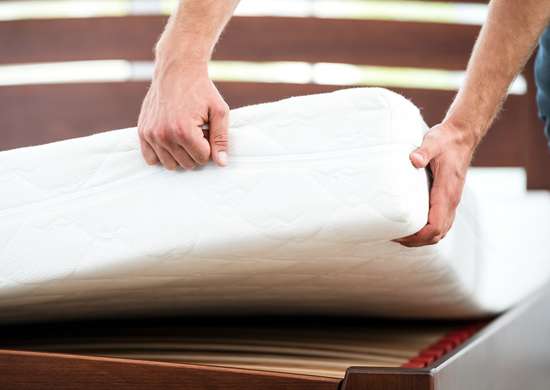
Evolution of Mattresses – From Straw to Smart Sleep Solutions
Mattresses, an object that we take for granted but which has a fascinating and long history, are a simple yet complex product. Over the years, mattresses evolved from simple piles of leaves and straw to modern sleep systems equipped with advanced technology. They have been a crucial part of human comfort, promoting restful sleep and improving health. This article will explore the history of mattresses and their evolution from the ancient to modern times.
Mattresses have been around for thousands of years. Early mattresses had a simple design and were made of natural materials such as animal skins, leaves or straw. Egyptians are among the earliest to have recognized the importance of sleep, and the impact it has on our health. The Egyptians improved their sleep by adding pillows made of palm fronds and reeds. The sleeping arrangements of societies changed as they evolved. Ancient Romans used wool and hay mattresses, while Chinese mattresses were made from silk or cotton.

In the Middle Ages, Latex mattress became more complex as society began to put an emphasis on luxury and comfort. In Europe, wealthy individuals slept on mattresses filled with down or feathers and covered in silk, brocade, or fine fabrics. The elite slept on these mattresses, while the commoners slept on straw filled mattresses or on the ground. The quest for innovative mattress designs gained momentum with the Renaissance. The mattresses became heavier and larger and started to include metal springs as additional support.
With the Industrial Revolution, the 19th century saw a major transformation of the mattress industry. Mass production and improved efficiency allowed for mattresses to be more affordable to everyone. Heinrich Westphal, a German inventor who introduced steel coil springs in 1871, revolutionized the design of mattresses by providing more support and comfort. The modern innerspring mattresses were born from this innovation. They quickly became industry standards.
The mattress industry was further transformed by new technologies and materials as the 20th Century progressed. In the 1930s, latex mattresses were developed as an alternative to innerspring mattresses. They provided a more resilient and buoyant sleep surface. Memory foam was developed in the 1960s by NASA for the purpose of improving the seat cushions on spacecraft. It then found its way to mattresses. This material contours to your body shape, providing you with unparalleled comfort.
The mattress industry will likely continue to innovate and customize as we move forward. The sleep science field will be more important in understanding individual sleeper needs, providing personalized solutions to meet specific health and comfort requirements. As technology advances, mattress features like biometric sensors and ambient soundscapes may be added to improve relaxation and quality of sleep.
